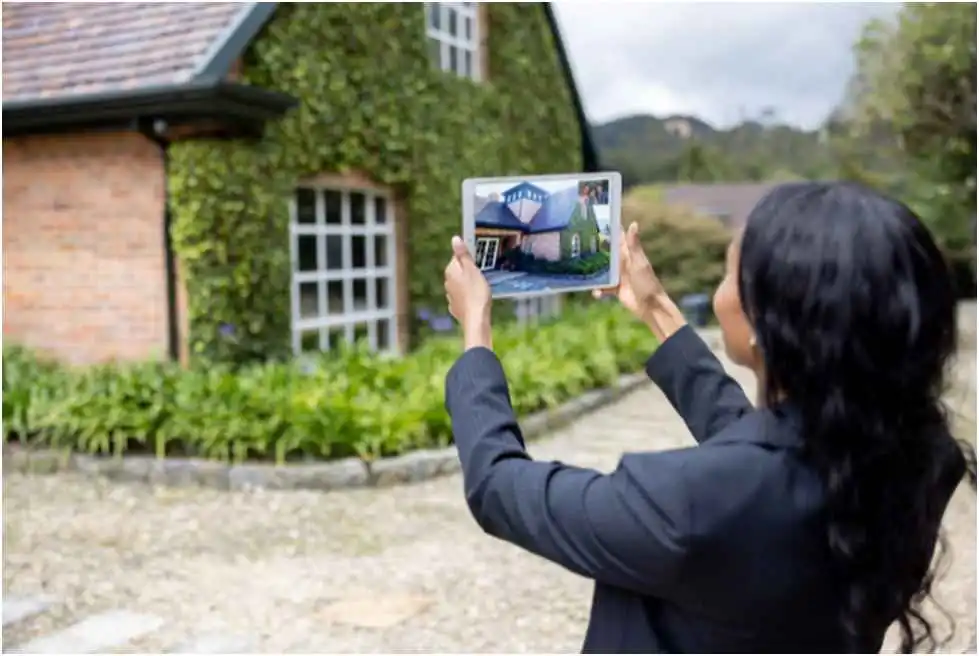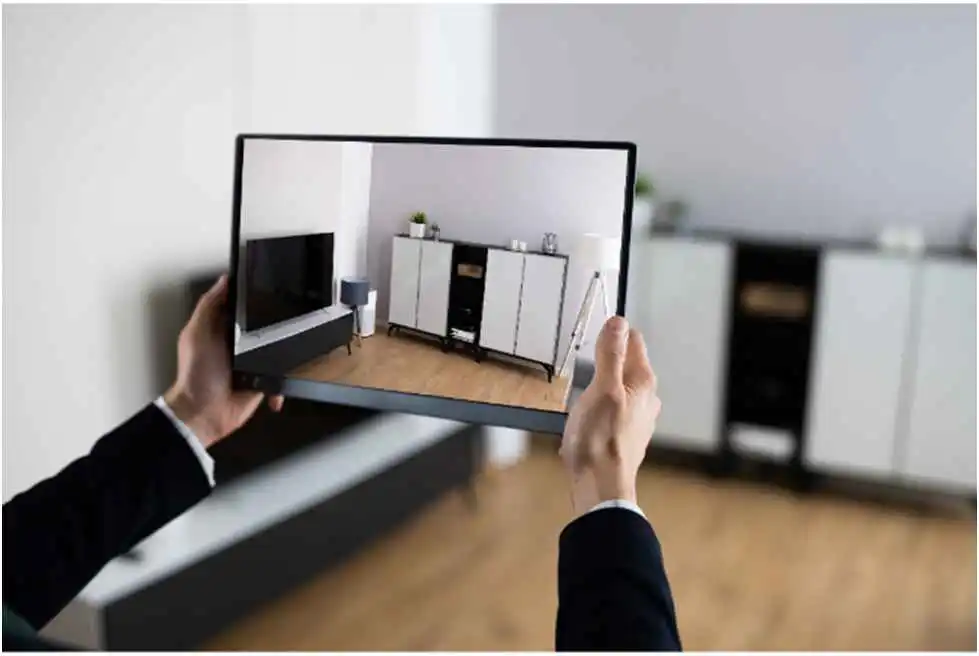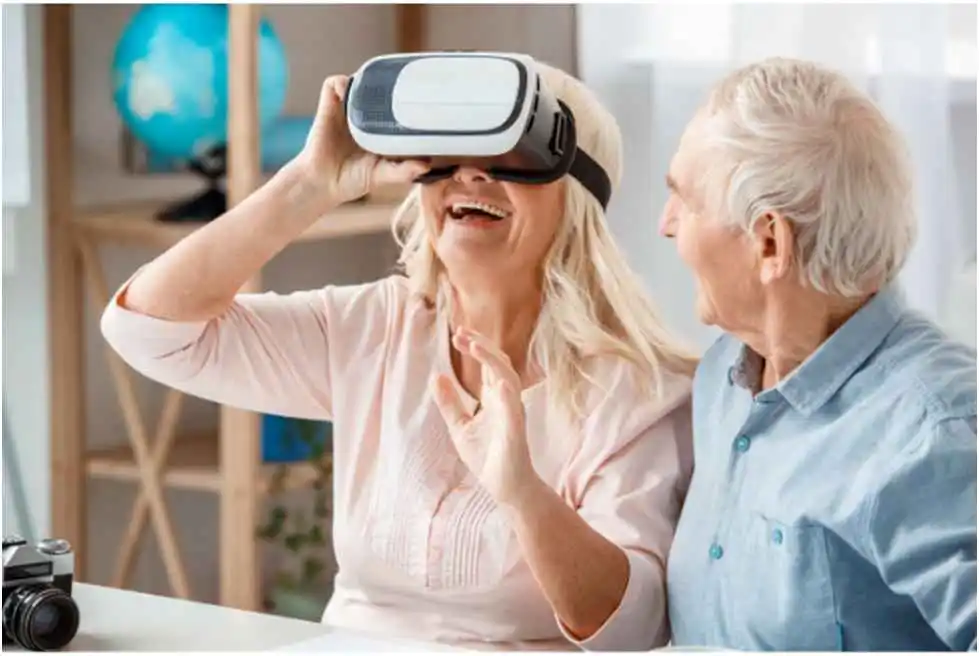In today’s digital age, the world of marketing and sales is constantly evolving. One powerful tool that has emerged as a game-changer is virtual tours. Gone are the days of static images and flat descriptions.
With 3D virtual tours, businesses can now provide immersive and interactive experiences that captivate potential customers. Whether showcasing real estate properties, hotels, event venues, or retail spaces, virtual tours offer a dynamic way to engage audiences and drive sales. This article will explore how virtual tours transform the marketing and sales landscape and why businesses should embrace this innovative technology.
1. Captivating Experiences That Sell

In the competitive marketing world, capturing potential customers’ attention is crucial. 3D virtual tours offer a unique and captivating way to stand out.
Unlike traditional marketing methods that rely on static images or videos, virtual tours allow viewers to actively explore spaces in a highly immersive manner. They can navigate different rooms, zoom in on details, and experience a real sense of scale. By providing an interactive experience, businesses can create a lasting impression on their target audience, making their products or services more memorable.
This level of engagement can significantly increase the chances of converting leads into sales.
2. Bringing Properties to Life
For real estate agents, showcasing properties is essential for attracting potential buyers. 3D virtual tours have revolutionized the way properties are presented. Instead of relying solely on photographs or written descriptions, virtual tours enable prospective buyers to virtually walk through a property, exploring each room and getting a genuine feel for the space.

This immersive experience gives them a sense of ownership and helps them envision living on the property. By accurately representing the property’s layout, condition, and overall appeal, virtual tours build trust and confidence in potential buyers, leading to faster and more successful sales transactions.
3. Convenience and Accessibility
One of the significant advantages of virtual tours is the convenience and accessibility they offer. Potential customers can access a virtual tour from anywhere with just a few clicks. This eliminates the need for physical visits, saving time and effort for both customers and businesses.
Prospective buyers can explore multiple properties or venues without leaving their homes, facilitating decision-making. Additionally, virtual tours accommodate global audiences, allowing international buyers to experience properties or spaces without distance limitations.
This level of convenience and accessibility expands the reach of businesses, enabling them to tap into new markets and attract a broader range of customers.
4. Building Trust and Transparency
Trust plays a vital role in any sales transaction. Virtual tours build trust and transparency by representing authentic properties or spaces. Potential customers can explore every nook and cranny, examine finishes, and get a realistic understanding of the property’s condition.
This level of transparency establishes credibility and reduces the likelihood of surprises or disappointments for buyers and sellers. By providing an immersive and detailed experience, businesses can foster customer trust, making them feel more confident in their purchase decisions. The transparency offered by virtual tours ultimately leads to more satisfied customers and a more substantial reputation for the business.
5. Expanding Reach and Engaging Global Audiences
The internet has made the world a global marketplace, and virtual tours leverage this connectivity to engage audiences worldwide. Businesses can showcase their properties or spaces to potential buyers from around the globe, breaking down geographical barriers. This expanded reach opens up new opportunities for sales and growth.

Furthermore, virtual tours can be easily shared on various online platforms and social media channels, increasing their visibility and attracting a broader audience. By embracing virtual tours, businesses can tap into a global market, reach a larger pool of potential customers, and create meaningful connections with individuals who may have otherwise been out of reach.
6. Enhancing Customer Decision-Making
Virtual tours empower customers by giving them the information they need to make informed decisions. The immersive nature of virtual tours allows potential buyers to evaluate properties or spaces in detail, considering their preferences and requirements. They can assess the flow of the property, visualize furniture arrangements, and determine if it meets their specific needs.
This level of engagement reduces uncertainties and buyer’s remorse as customers comprehensively understand what they are investing in. Virtual tours streamline the sales process by facilitating confident decision-making, resulting in higher conversion rates and increased customer satisfaction.
Conclusion
In conclusion, the emergence of 3D virtual tours has revolutionized marketing and sales strategies across various industries. These immersive experiences provide:
- Captivating visual journeys,
- Allowing potential customers to explore properties,
- Venues, and
- Spaces from the comfort of their homes.
Virtual tours offer convenience, accessibility, and transparency, enabling businesses to build trust and engage global audiences. By leveraging this technology, companies can enhance customer decision-making and drive sales. As the digital landscape evolves, embracing virtual tours is no longer an option but a necessity. So, step into the world of virtual tours and elevate your marketing and sales efforts to new heights.


